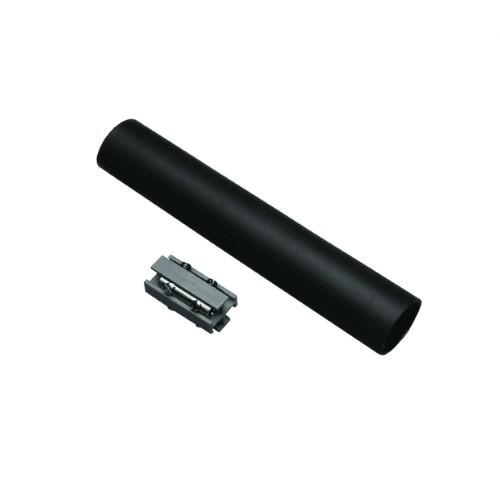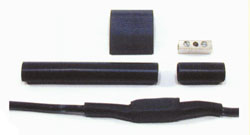


This will coat the connection and cover the wire with adhesive, oozing out the ends of the tubing as it shrinks.

Inside the heat shrinkable tubing is an adhesive liner that will melt when heated. Step 5 - Use a Splice KitĪ splice kit containing an inline connector will join the two ends of a break securely in a polyolefin sleeve, which will shrink when heat is applied, to maintain a water-resistant connection. They have silicone inside the connector which will seal out the moisture after you have inserted the wiring.ĭo not reuse these once you remove them, however, because you may strip away too much of the silicone when you pull it off, and it will no longer be watertight if reused. These are a must when joining wires together in the watertight box. Special sealing box cable connectors provide the waterproof seal for the electrical wiring that enters the box as well. This will protect the connections from corroding due to moisture and chemical elements from the surrounding ground. If you are going to add additional circuitry to your existing wire underground, purchase waterproof junction boxes where connections can be made inside the box. Step 4 - Purchase Junction Boxes and Cable Connectors Then, dig along the sight path between the electric cables exit and entry points. Use a non-contact voltage tester afterward to confirm that the cable is no longer live. Step 3 - Dig up the Affected Wireįirst and most importantly, make sure you turn the main electrical supply off before digging or attempting any repair to, or in addition to, the electrical wire underground. may incur a small fee the best practice is to call and ask. Locating other underground wires for light poles, barns, pools, garage, etc.
#Underground splice kit 12 for free
Most provide this service for free when locating the main power wires running from their incoming source to your meter or box. Step 2 - Call the Phone and Utility CompaniesĪnother alternative is to phone your local electric company and use their locating service.


 0 kommentar(er)
0 kommentar(er)
